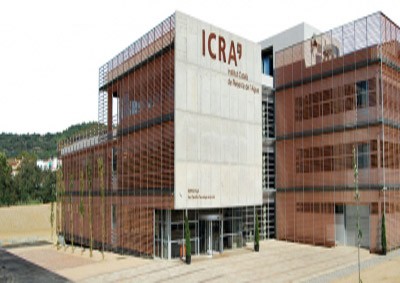
New Delhi, Sequential growth slackening driven by the second wave of Covid-19 in India has emerged as a concern, ratings agency ICRA said.
ICRA also cautioned that bruised sentiment, high healthcare and fuel expenses will limit discretionary purchases in the immediate term.
Furthermore, the agency expects a cut-back in spending on contact-intensive services.
"As expected, the shrunken base of the nationwide lockdown in April 2020 has boosted the pace of year-on-year (YoY) expansion of several high-frequency indicators in April 2021, resulting in a widespread improvement compared to the performance in March 2021," ICRA Chief Economist Aditi Nayar said.
"However, the optimism generated by this trend is limited, as eight of the 13 non-financial indicators in April 2021 remained below their pre-Covid levels."
According to Nayar, indicators such as GST e-way bills, electricity generation, vehicle registrations, rail freight traffic, etc displayed a slowing sequential momentum in April 2021, reflecting the rise in Covid-19 cases and imposition of localised restrictions.
"The early data available for May 2021 confirms that this trend is continuing, as the lockdowns have both been extended, and spread to other states, to curb the second wave of Covid-19."
As per ICRA, the YoY performance of 14 of the 15 high frequency indicators (except bank deposits) tracked by it recorded an improvement in April 2021, relative to March 2021.
"As expected, the pace of this improvement was exceptionally high in several sectors such as automobiles output, vehicle registrations, non-oil merchandise exports, GST e-way bills etc on account of the low base related to the nationwide lockdown that was in effect in April 2020."
Given the distorted base, ICRA compared the performance of the indicators in April 2021 to the pre-Covid levels (April 2019) to gauge the momentum of activity across sectors.
"Discouragingly, eight of the 13 non-financial indicators recorded lower volumes in April 2021 relative to April 2019. This sub-set includes domestic airlines' passenger traffic, vehicle registrations, auto output, consumption of petrol and diesel, as well as the output of Coal India Limited,"
"In contrast, electricity generation, rail freight, port cargo traffic, generation of GST e-way bills and non-oil merchandise exports recorded higher volumes in April 2021, relative to April 2019."
Accordingly, it cited that regardless of the high YoY expansion, many of the indicators such as GST e-way bills, fuel consumption, vehicle registrations, etc. displayed a slowing sequential momentum in April 2021, reflecting the rise in Covid-19 cases, and imposition of restrictions in various parts of the country.
Moreover, ICRA said this trend has continued in May 2021 so far, with the restrictions spreading to other states.
"In our view, the sharply higher daily infections in the second wave of Covid-19 in India will have a prolonged negative impact on consumer sentiment. In addition, the substantial healthcare expenses related to the Covid-19 treatment, along with high retail prices of fuels, are likely to squeeze disposable incomes in the urban as well as rural areas," Nayar said.
"Moreover, after the satiation of the pent-up demand seen during the festive season in 2020, demand for many varieties of consumer durables may be low. Overall, we expect discretionary spending on consumer durables and areas such as home improvements may be limited in the near term, in addition to the expected cut back in spending on contact-intensive services."
At present, ICRA tracks monthly indicators like production of PVs, motorcycles, scooters, vehicle registrations, output of CIL, electricity generation, non-oil merchandise exports, ports cargo traffic, rail freight traffic, generation of GST e-way bills, domestic airlines' passenger traffic, consumption of petrol and diesel, aggregate deposits and non-food credit of scheduled commercial banks.


.jpeg)

